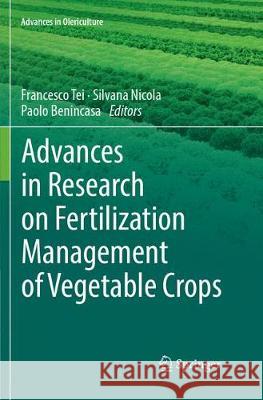Advances in Research on Fertilization Management of Vegetable Crops » książka
topmenu
Advances in Research on Fertilization Management of Vegetable Crops
ISBN-13: 9783319852003 / Angielski / Miękka / 2018 / 302 str.
Kategorie:
Kategorie BISAC:
Wydawca:
Springer
Seria wydawnicza:
Język:
Angielski
ISBN-13:
9783319852003
Rok wydania:
2018
Wydanie:
Softcover Repri
Ilość stron:
302
Oprawa:
Miękka
Wolumenów:
01











